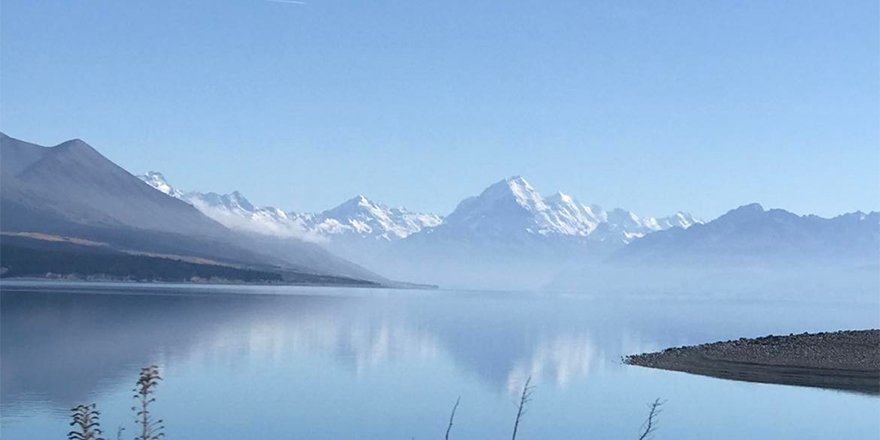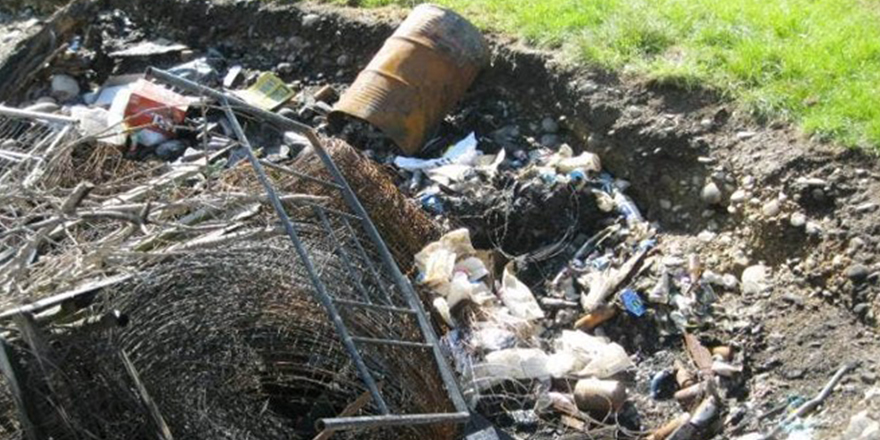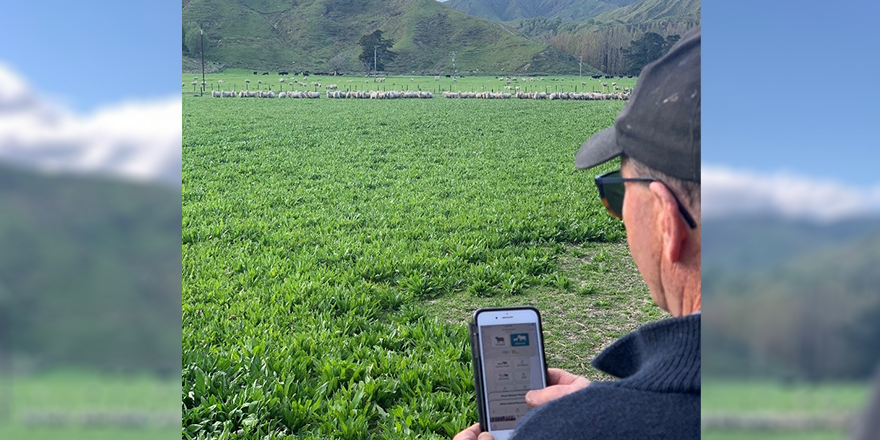
Executive summary
New Zealand is extremely fortunate when it comes to natural water resources.
However, under a changing climate our water security is under threat particularly for New Zealand’s rural communities. Our freshwater resource is at the heart of our prosperity and resilience of our communities.
With increasing demand from all sectors, it is crucial that New Zealand efficiently manages our freshwater and that it is allocated to its best uses.
Water capture and storage systems have been identified as key adaptions to climate change. Future systems will need to be multi-purpose to utilise freshwater to its full potential under a Te Mana o te Wai framework (TMOTW).
How we slice the pie of water allocation within these multi-purpose systems will be critical to the success of sustainable growth for rural communities.
This report will focus on how New Zealand’s rural communities can afford to build water resilience through water capture and storage and the implementation of market-based systems to manage allocation of freshwater within catchments.
The methodology includes a literature review of current research on water resource solutions and allocation models, followed by semi structured interviews with eight sector experts to gain insights into their experiences and perceived solutions.
Key findings:
- There is lack of specific oversight and strategy for managing New Zealand’s freshwater resources.
- Current water allocation models need to go through reform at both national and local policy levels.
- Rights of existing users including iwi need to be addressed. Allocation reform will be unable to be successful without tackling this issue first.
- Current management of the resource is in silos which is inefficient and costly for both the environment and water users. Collective management of freshwater is needed to create efficient use of the resource.
- Costs, planning and perception of building infrastructure solutions are prohibitive to investment in development of water security infrastructure.
- Water capture and storage is needed to build water resilience against climate change for rural communities. Solutions will vary between catchments, but significant investment is required.
- Market-based systems are a tool for creating efficiency of water use and help to reallocate water to higher value uses. Collective management entities are able to easily implement market-based systems provided the system is closed (e.g. within one aquifer or reservoir etc), they have an accurate optimisation model, and real time data.
Recommendations:
- Ministry for the Environment to address and find resolution of iwi interest and rights in water. Allocation reform will be unable to be successful without tackling this issue first. Iwi should have a seat at the governance table of proposed national agency for freshwater management and crown entities for water management to ensure that the TMOTW framework is at a catchment by catchment level.
- Ministry for the Environment to establish a National Agency for Freshwater Resources similar to what overseas New Zealand’s roading infrastructure (Waka Kotahi).
- National Agency for Freshwater Resources to create a national strategy for water resources that works in tandem with the long-term view of TMOTW. The Agency would create Crown Entities for multi-regional water management in a similar vain to what is proposed under the Three Waters Reform Programme but with further refinement and input from stakeholders.
- Regional Councils to facilitate aggregate consent entities within catchments through regional plans. These will allow for the management of the overall resource and can implement market-based solutions such as trading of water allocations and/or pollutant allowances. These entities will also enable the ability to generate sufficient funds to build more efficient infrastructure and storage upgrades if required.
- CWME’s to quantify and understand demand requirements for individual catchments and then plan water storage and capture infrastructure accordingly. Implement staged projects so initial costs up front are not prohibitive.
- The national agency for freshwater resources must facilitate and define future allocation model options and provide clear classification of new water permits. Regional Councils to facilitate and undertake water allocation reform that adheres to the hierarchy of TMOTW, enables a transitional period for existing rights and undertakes investment in community education.




